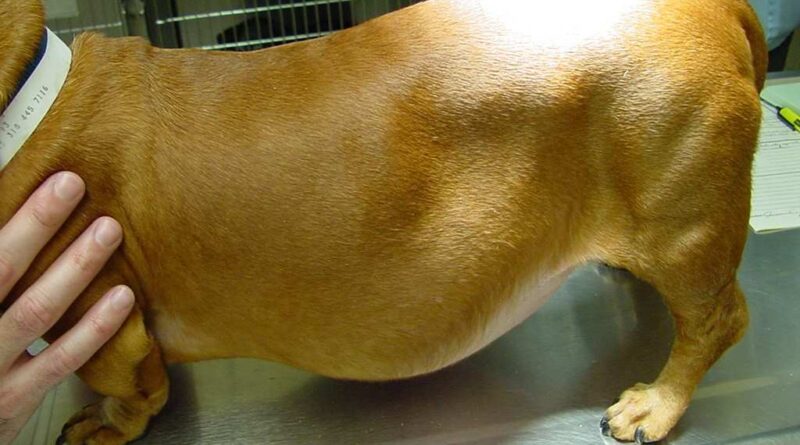Signs of Cushing’s Disease in Dogs: You Should Know
Cushing’s Disease, also known as hyperadrenocorticism, is a health issue that affects many dogs. It’s a condition where the dog’s adrenal glands produce too much cortisol, a stress hormone. Recognizing the signs of Cushing’s is crucial for early intervention and managing your dog’s health.
Understanding Cushing’s Disease
What is Cushing’s Disease?
Cushing’s Disease can be summed up as a hormonal disorder caused by an overproduction of cortisol. This hormone, essential for various bodily functions, can lead to several health problems when produced in excess. Cushing’s Disease in Dogs typically affects middle-aged and older dogs, wreaking havoc on their metabolism.
Types of Cushing’s Disease
There are three main types of Cushing’s Disease in dogs:
- Pituitary-dependent Cushing’s Disease: This is the most common type and is caused by a benign tumor on the pituitary gland, leading to an overproduction of ACTH, which stimulates cortisol production.
- Adrenal-dependent Cushing’s Disease: This results from a tumor directly on the adrenal glands themselves, pushing them to release too much cortisol.
- Iatrogenic Cushing’s Disease: This occurs when a dog receives high doses of glucocorticoid steroids over an extended period, usually as a treatment for other conditions.
Prevalence and Risk Factors
Certain breeds, such as Poodles, Dachshunds, and Terriers, are more likely to develop Cushing’s. Additionally, age is a significant factor, with the disease commonly appearing in dogs older than six years. Understanding common risk factors can help pet owners stay vigilant.
Common Signs and Symptoms
Spotting the signs of Cushing’s Disease early can make a big difference in treatment success. The following are some signs to look out for:
Increased Thirst and Urination
Dogs with Cushing’s often exhibit polydipsia and polyuria, which means they drink more water and urinate more frequently. This happens because excess cortisol disrupts the kidneys’ ability to conserve water.
Increased Appetite
It’s not unusual for dogs with Cushing’s to show an insatiable appetite. The heightened cortisol levels can create a false starvation signal to the brain, leading to an increased hunger as noted by Canine Cushing’s Health.

Weight Gain and Abdominal Distension
Cushing’s Disease often causes fat to redistribute across the dog’s body. This process leads to a distinctive pot-bellied appearance as fat accumulates in the abdomen, and muscle wasting occurs.
Thinning Skin and Hair Loss
Thinning skin and loss of hair are tell-tale signs. Hair loss often occurs in patches along the sides, revealing the inflamed skin underneath. These symptoms make the dog susceptible to secondary infections and skin issues.
Other Signs to Watch For
Other signs include lethargy, muscle weakness, and a predisposition to infections. Your once-active dog may suddenly prefer lounging around. Chronic skin and bladder infections might also signal Cushing’s Syndrome.
Diagnosis and Treatment Options
When it comes to diagnosing and managing Cushing’s, the path is clear.
Diagnostic Tests
Veterinarians often use several tests to confirm the presence of Cushing’s Disease. The ACTH stimulation test is a common method, measuring how well the adrenal glands respond to the ACTH hormone. Another approach includes the low-dose dexamethasone suppression test, which helps determine whether the dog’s cortisol production can be effectively suppressed.
Treatment Approaches
Treatment depends on the type of Cushing’s Disease. Medications like trilostane work by inhibiting cortisol synthesis in the adrenal glands. In some cases, surgery might be warranted to remove adrenal tumors when feasible.
Managing Symptoms at Home
Dog owners play a critical role in managing symptoms at home. Regular vet visits, monitoring water intake and appetite, and maintaining a consistent exercise routine are vital. A diet focused on low-fat, high-fiber foods can also assist in managing weight and symptoms.
Final words
Recognizing the symptoms of Cushing’s Disease in dogs can be a lifesaver. The key is early detection and immediate consultation with a veterinarian. If you observe any of these signs in your dog, don’t wait—seek professional guidance to ensure your furry friend’s health and well-being.



